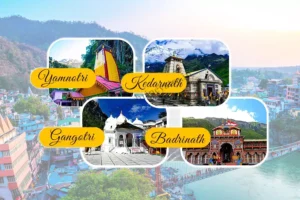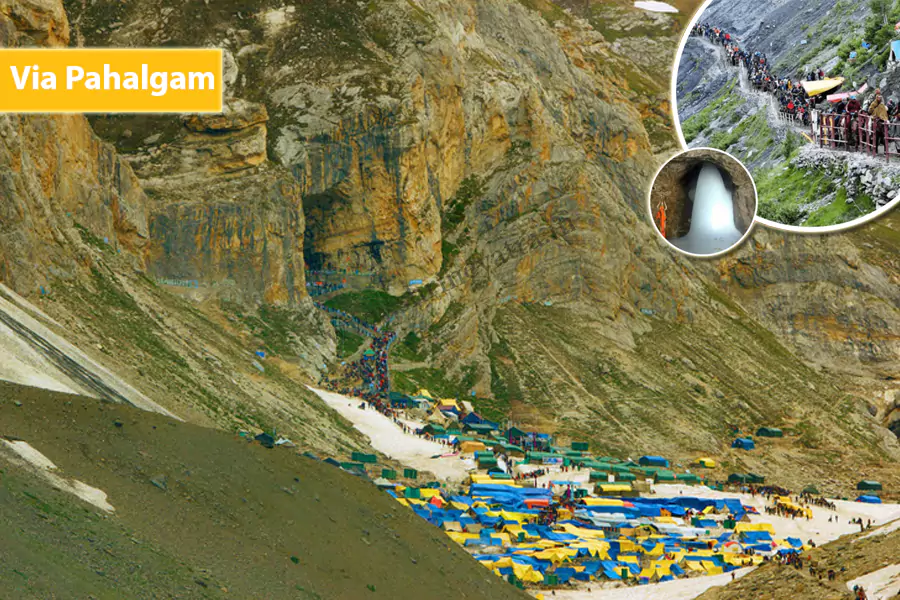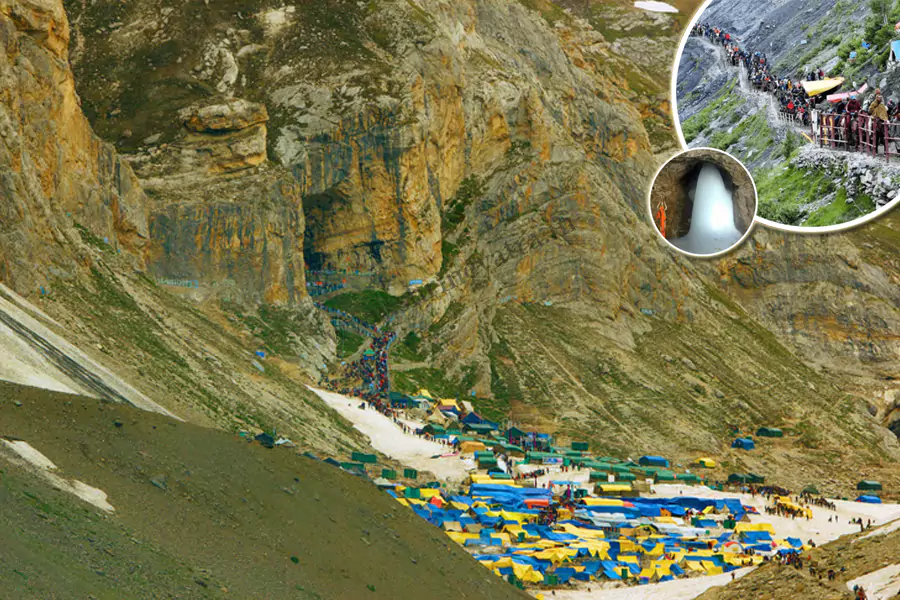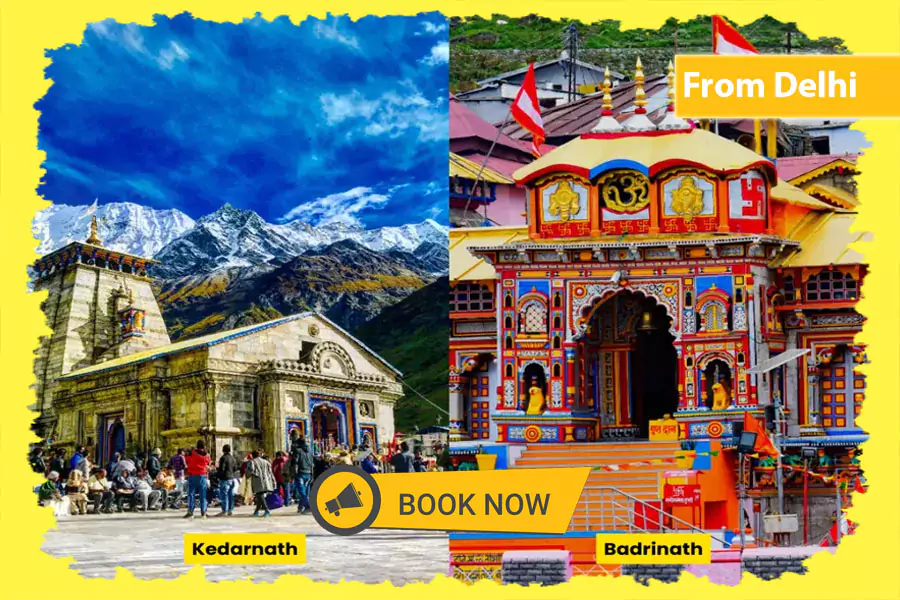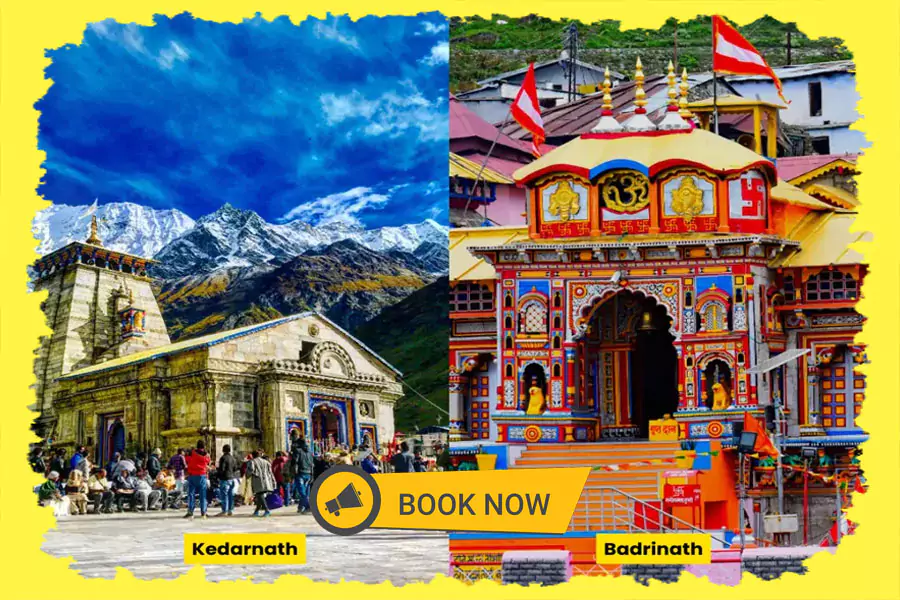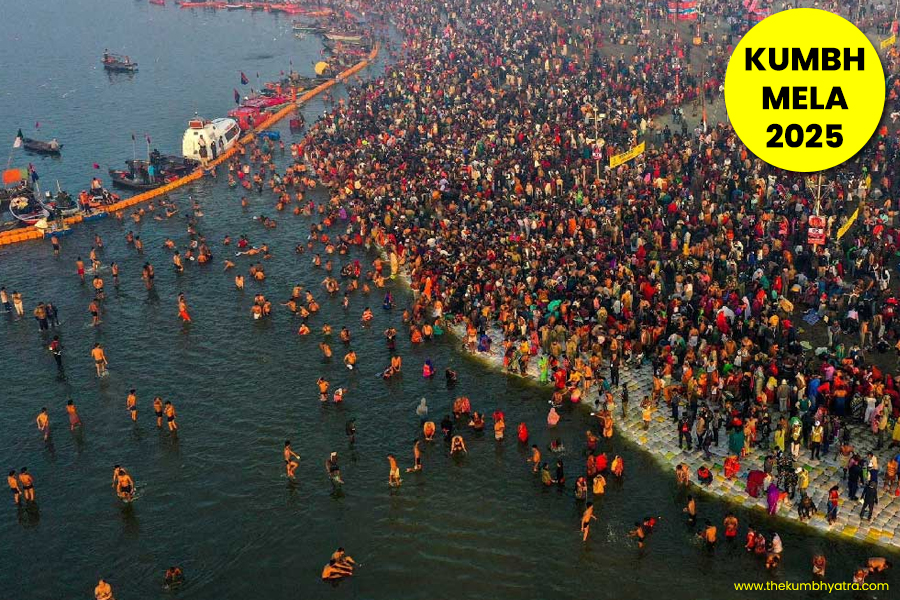
Exploring the Rich Traditions of Kumbh Mela 2025: A Cultural Dive
The Kumbh Mela is a mesmerizing cultural event that draws millions of visitors from all corners of the globe. With deep-rooted spiritual practices, colorful traditions, and an atmosphere brimming with devotion, Kumbh Mela serves as a vibrant celebration of faith and humanity. The 2025 Kumbh Mela is set to continue this legacy, offering a rich, immersive cultural dive into India’s heritage.
What is Kumbh Mela?
Kumbh Mela, literally meaning “Festival of the Pot,” is one of the largest religious gatherings in the world. Held every 12 years in rotation across four sacred sites, it attracts millions of Hindu devotees who gather to bathe in holy rivers and seek blessings. Kumbh Mela transcends religion; it’s a living embodiment of India’s cultural and spiritual wealth.
Historical Significance of Kumbh Mela
Kumbh Mela is not just an event but an ancient tradition with deep historical roots. References to this grand festival appear in Indian texts as early as the 8th century, but some scholars argue that its origins are even older, going back thousands of years. Over centuries, Kumbh Mela has symbolized unity and cultural resilience, marking it as a moment of collective spirituality.
The Mythological Origins of Kumbh Mela
According to Hindu mythology, Kumbh Mela is linked to the legend of the “Samudra Manthan” or the Churning of the Ocean of Milk. This tale recounts a battle between gods and demons for the nectar of immortality, stored in a pot. During the chase, drops of this nectar spilled over four locations in India, making them sacred. These sites—Allahabad, Haridwar, Ujjain, and Nashik—are where Kumbh Mela is held.
The Four Sacred Sites of Kumbh Mela
Each Kumbh Mela location has its own unique traditions and significance:
5.1 Allahabad (Prayagraj)
At the confluence of the Ganges, Yamuna, and Saraswati rivers, Allahabad holds the Maha Kumbh, the grandest of all Kumbh Melas, every 12 years. This location is revered for its powerful energy and divine atmosphere.
5.2 Haridwar
Haridwar, where the Ganges descends from the Himalayas, is a holy city that welcomes millions to cleanse their sins in the river’s waters during Kumbh Mela.
5.3 Ujjain
On the banks of the Shipra River, Ujjain hosts the Kumbh with grand processions, holy dips, and rituals in honor of the god Shiva.
5.4 Nashik
Situated by the Godavari River, Nashik’s Kumbh Mela is known for its vibrant culture, colorful sadhus, and an atmosphere filled with reverence.
The Rotating Cycle of Kumbh Mela Festivals
Kumbh Mela rotates every three years between the four sites, following an astrological schedule. Every 12 years, a Maha Kumbh occurs at Prayagraj, marking the most significant gathering. Smaller Ardh Kumbh festivals take place every six years, drawing sizable crowds and maintaining the spiritual fervor of the main event.
Kumbh Mela 2025: A Look Ahead
With Kumbh Mela 2025 approaching, devotees and travelers alike are eager to witness and participate in this iconic event. The year 2025’s festival will be held in Prayagraj, bringing together millions for a time of devotion, ritual, and cultural exchange.
Major Rituals and Ceremonies at Kumbh Mela
Rituals at Kumbh Mela form the heart of the event, bringing devotees closer to divinity:
8.1 The Royal Bath (Shahi Snan)
The Shahi Snan is the most sacred ritual, where Naga Sadhus and other ascetic groups lead a procession to take the first dip in the holy river. This marks the opening of the Kumbh Mela’s spiritual practices.
8.2 Holy Dip in the Sacred Rivers
The act of bathing in sacred rivers is believed to purify the soul and cleanse it of past sins. Pilgrims line up to take their turn in the holy waters, each dip symbolic of spiritual rebirth.
The Role of Naga Sadhus and Ascetics
The Naga Sadhus, identifiable by their ash-covered bodies and minimal clothing, embody a life of renunciation and penance. Their presence adds an aura of mystique and dedication, drawing visitors curious about India’s spiritual diversity.
Cultural Significance and the Pilgrim Experience
Kumbh Mela is not only a festival but also a cultural exchange, where pilgrims from different parts of India meet, share stories, and celebrate their faith. The marketplace thrives with vibrant handicrafts, regional food, and spiritual souvenirs.
The Spiritual Journey and Inner Reflection
For many, Kumbh Mela is a transformative journey, an opportunity for inner reflection. The pilgrimage offers a chance to disconnect from the world and focus on self-purification, following age-old practices that foster inner peace.
Global Appeal of Kumbh Mela
Kumbh Mela has captured global attention, with visitors from around the world arriving to observe or participate. Recognized by UNESCO as an Intangible Cultural Heritage, the festival showcases India’s rich cultural fabric and timeless traditions.
The Vibrant Marketplace and Cultural Exchanges
Stalls at Kumbh Mela offer everything from religious items and traditional clothing to food and local crafts. This lively marketplace creates a space where culture, commerce, and spirituality intersect.
Challenges in Hosting Kumbh Mela
With millions of visitors attending, Kumbh Mela presents logistical challenges, from crowd management to waste disposal. The sheer scale requires immense coordination between local authorities and organizers.
Environmental Concerns and Efforts Toward Sustainability
Preserving the natural environment around Kumbh Mela sites has become a priority. Efforts are underway to promote eco-friendly practices, including waste reduction, sustainable infrastructure, and water conservation.
Conclusion
Kumbh Mela is more than just a festival; it is a unique cultural spectacle that blends spirituality, tradition, and unity. As we look forward to Kumbh Mela 2025, the anticipation builds for yet another opportunity to witness and partake in one of the world’s most powerful gatherings of faith.
FAQs
Q1: When is Kumbh Mela 2025 scheduled to take place?
A: Kumbh Mela 2025 will be held in Prayagraj, with dates aligned with the auspicious planetary positions for holy rituals.
Q2: What is the significance of the Shahi Snan?
A: The Shahi Snan, or Royal Bath, is a ritual where sadhus and spiritual leaders lead the first dip in the holy river, marking the festival’s start.
Q3: How long does the Kumbh Mela last?
A: Kumbh Mela typically lasts for over a month, allowing ample time for devotees to participate in rituals and ceremonies.
Q4: Why is Kumbh Mela considered a UNESCO Intangible Cultural Heritage?
A: Kumbh Mela is recognized by UNESCO for its cultural significance, historical legacy, and its role in promoting India’s intangible heritage.
Q5: Are there any environmental initiatives in place for Kumbh Mela?
A: Yes, recent Kumbh Melas have focused on eco-friendly practices like waste management, water conservation, and sustainable accommodations.


